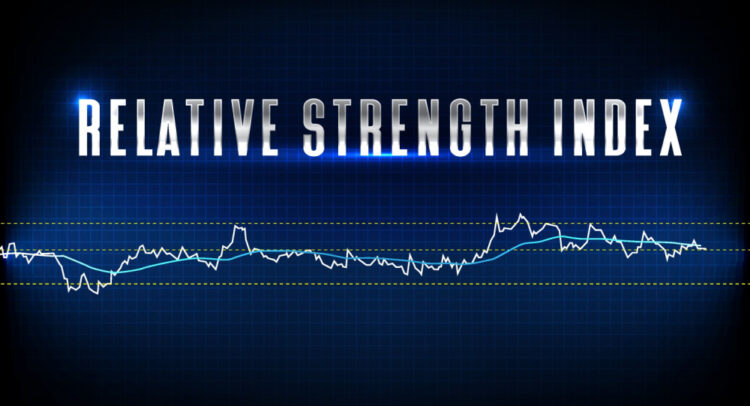Investors often have access to a wealth of information when analyzing potential stock investments. While some metrics may be well-known, such as price-to-earnings ratios and earnings growth rates, others may be less familiar, like Relative Strength Ratings (RSRs). However, understanding and utilizing RSRs can provide valuable insights for investors when analyzing stocks. For more Log on to Bitcoin smart for CryptoSoft App, an official website that simplified trading.
What is Relative Strength Rating?
Relative Strength Rating, or RSR, is a metric that evaluates the performance of a particular stock relative to other stocks in the market. RSR is calculated using a scale from 1 to 99, with 99 indicating the strongest relative strength. Stocks with high RSRs are often considered to have strong market momentum and potential for continued growth.
RSR is calculated by comparing a stock’s price performance over the past 12 months to other stocks in its same sector or industry. A higher RSR indicates that a stock has performed better than other stocks in its same sector or industry.
Benefits of RSR in stock analysis
Identifying market leaders
RSRs can be an excellent tool for identifying market leaders within specific sectors or industries. Stocks with high RSRs indicate that they are outperforming their peers, and therefore are likely the market leaders in their respective sectors. By identifying these leaders, investors can focus their analysis on the top performers and potentially uncover investment opportunities that may have been overlooked.
Understanding market trends
RSRs can also provide valuable insight into broader market trends. For example, if the RSRs of a particular sector or industry are consistently high, it may indicate a bullish market trend for that sector. Conversely, if RSRs are consistently low, it may indicate a bearish trend. By tracking RSRs over time, investors can gain a better understanding of market trends and adjust their investment strategies accordingly.
Comparing stocks within sectors
Comparing RSRs within sectors or industries can also provide useful information for investors. A stock with a high RSR within its sector indicates that it is performing well relative to its peers, while a low RSR may suggest that the stock is lagging behind. By comparing RSRs within sectors, investors can gain a better understanding of the relative strength of different stocks and make more informed investment decisions.
Limitations of RSR
While RSR can be a valuable tool for investors, it is important to note its limitations. RSR only evaluates a stock’s price performance over the past 12 months and does not take into account other factors such as company fundamentals or macroeconomic conditions. As a result, RSR should not be the only metric used in stock analysis, but rather should be used in conjunction with other metrics and analysis techniques.
RSR can also be affected by market volatility and fluctuations. During periods of high market volatility, RSRs may not accurately reflect a stock’s performance relative to its peers. Additionally, RSRs may be affected by changes in industry or sector trends, which can impact a stock’s relative strength.
Conclusion
Relative Strength Ratings can provide valuable insights for investors when analyzing potential stock investments. By identifying market leaders, understanding market trends, and comparing stocks within sectors, investors can gain a better understanding of the relative strength of different stocks and make more informed investment decisions.
While RSR should not be the only metric used in stock analysis, it can be a valuable tool when used in conjunction with other analysis techniques. However, investors should be aware of the limitations of RSR and use it in conjunction with other metrics to make well-informed investment decisions. In summary, incorporating RSR into stock analysis can help investors identify market leaders, understand market trends, and compare stocks within sectors. While RSR has limitations and should not be the only metric used in analysis, it can provide valuable insights when used in conjunction with other analysis techniques.
In summary, incorporating RSR into stock analysis can help investors identify market leaders, understand market trends, and compare stocks within sectors. While RSR has limitations and should not be the only metric used in analysis, it can provide valuable insights when used in conjunction with other analysis techniques.








